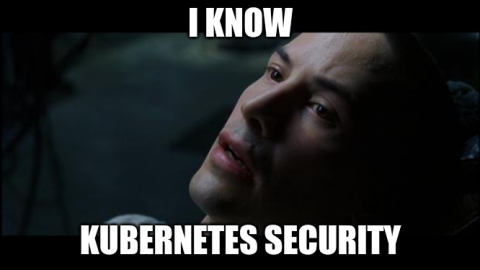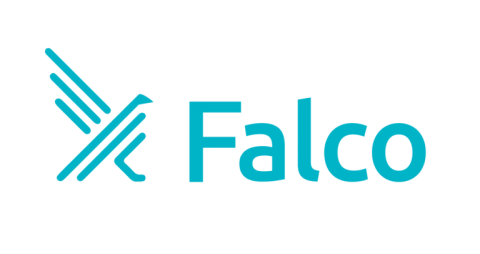What is Chaos Engineering in penetration testing?
Being proactive is the key to staying safe online, especially for businesses and organizations that operate websites and mobile applications. If you wait for threats to appear, then in most cases it is too late to defend against them. Many data breaches come about this way, with hackers uncovering security gaps that had gone previously undetected. The average web developer wants to assume that their code and projects will always function in the intended manner.









